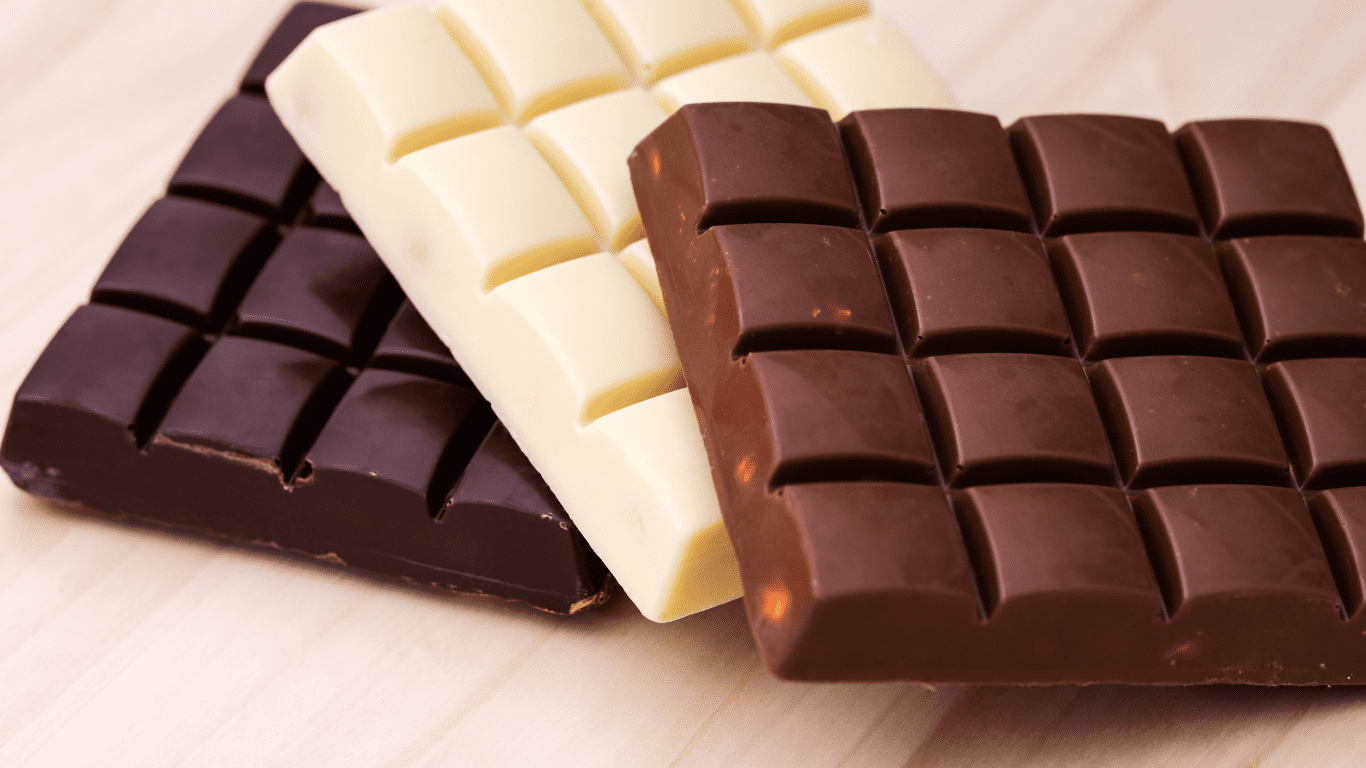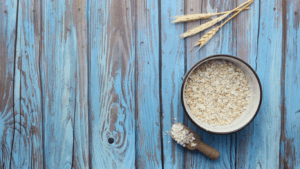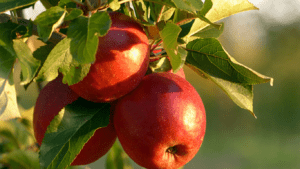Chocolate is one of the most beloved treats worldwide, enjoyed by people of all ages. Its rich history, variety of forms, and potential health benefits make it a fascinating subject for both consumers and enthusiasts. This guide covers everything you need to know about chocolate, including its history, types, health benefits, and more.
Introduction
Chocolate is more than just a treat; it’s a cultural phenomenon. With a history dating back thousands of years, chocolate has evolved from a bitter beverage to a sweet delight. Its popularity is undeniable, and understanding its journey can enhance your appreciation for this delectable treat.
The History of Chocolate
Chocolate’s story begins in the rainforests of Central and South America, where the cacao tree, Theobroma cacao, has grown for millennia.
Ancient Beginnings
The ancient Mayans and Aztecs were among the first to cultivate cacao. They prepared a drink called “xocoatl,” made from crushed cocoa beans, water, and spices. This beverage was believed to have divine properties and was used in religious rituals.
The Introduction to Europe
In the 16th century, Spanish explorers brought cacao beans back to Europe. Initially consumed as a beverage, chocolate quickly gained popularity among the European elite. Sugar was added to counteract the natural bitterness, transforming chocolate into a sweet treat.
Modern Chocolate Production
The 19th century saw innovations that revolutionized chocolate production. The invention of the cocoa press by Coenraad van Houten in 1828 allowed for the separation of cocoa butter from cocoa solids, paving the way for solid chocolate. Daniel Peter and Henri Nestlé’s creation of milk chocolate in 1875 further diversified chocolate products.
Types of Chocolate
Dark Chocolate
Dark chocolate contains a high percentage of cocoa solids and cocoa butter, with little to no added milk. It has a rich, intense flavor and is often less sweet than other types of chocolate. Dark chocolate is available in various cocoa percentages, typically ranging from 50% to 90%.
Milk Chocolate
Milk chocolate contains cocoa solids, cocoa butter, sugar, and milk powder or condensed milk. It has a creamy texture and sweeter taste compared to dark chocolate. Milk chocolate is the most popular type of chocolate and is used in many confectionery products.
White Chocolate
White chocolate is made from cocoa butter, sugar, and milk solids but lacks cocoa solids. This gives it a sweet, creamy flavor and a pale color. While some argue that white chocolate isn’t true chocolate due to the absence of cocoa solids, it remains a popular choice for many.
Ruby Chocolate
Introduced by Barry Callebaut in 2017, ruby choco is made from specially processed ruby cocoa beans. It has a unique pink color and a fruity, slightly tangy flavor, setting it apart from traditional choco varieties.
Specialty Chocolates
These include chocolates with added flavors, such as mint, orange, or chili, and those with inclusions like nuts, fruits, or spices. Artisanal chocolates made by small-batch producers also fall into this category, often featuring unique flavors and high-quality ingredients.
Health Benefits of Chocolate
Nutritional Profile
Choco, especially dark chocolate, is rich in nutrients. It contains antioxidants, iron, magnesium, copper, and manganese. The higher the cocoa content, the more beneficial nutrients and antioxidants it contains.
Heart Health
Dark choco has been shown to improve heart health by enhancing blood flow, lowering blood pressure, and reducing the risk of heart disease. The flavonoids in dark choco help relax blood vessels, improving circulation.
Brain Function
It can boost brain function due to its content of caffeine and theobromine. These compounds can improve cognitive function, increase alertness, and enhance mood. Flavonoids in it also support brain health by improving blood flow to the brain.
Skin Benefits
The antioxidants in it help protect the skin from damage caused by UV rays. Consuming it can improve skin hydration, thickness, and elasticity, contributing to a healthier complexion.
The Chocolate Making Process
Harvesting Cocoa Beans
Its production begins with the harvesting of cocoa pods from cacao trees. The pods are split open to reveal the cocoa beans, which are then fermented for several days to develop their flavor.
Fermentation and Drying
Fermentation is crucial for flavor development. After fermentation, the beans are dried in the sun for about a week before being transported to choco manufacturers.
Roasting and Grinding
At the choco factory, the beans are roasted to bring out their rich flavor. The roasted beans are cracked open to remove the shells, leaving the nibs. The nibs are then ground into cocoa mass or cocoa liquor.
Conching and Tempering
Conching involves continuous mixing and aeration of the cocoa mass to refine the texture and flavor. Tempering is the final step, which involves heating and cooling the choco to stabilize it, giving it a glossy finish and a satisfying snap.
Popular Chocolate Brands
Some of the most well-known choco brands around the world include:
- Lindt: Known for its smooth, creamy chocolates and luxurious truffles.
- Godiva: Offers high-end, elegant chocolates perfect for gifting.
- Hershey’s: An American favorite, famous for its chocolate bars and kisses.
- Cadbury: Renowned for its rich, creamy dairy milk choco.
- Ghirardelli: A premium brand offering a wide range of choco squares and baking products.
How to Choose Quality Choco
When selecting choco, consider the following factors to ensure you’re getting a high-quality product:
- Cocoa Content: Higher cocoa content usually means more antioxidants and less sugar. Aim for at least 70% cocoa for dark choco.
- Ingredients: Quality choco should have a short list of ingredients, with cocoa mass or cocoa butter listed first. Avoid chocolates with artificial additives and excessive sugar.
- Appearance: Good choco has a glossy finish and smooth texture. Any white spots (bloom) indicate improper storage.
- Aroma: Fresh choco should have a rich, pleasant smell. A musty or flat odor can indicate old or low-quality choco.
- Snap: When broken, quality choco should produce a clean, crisp snap. This indicates proper tempering.
Choco in Cuisine
Baking with Choco
It is a staple in many desserts, from cakes and cookies to brownies and pastries. When baking, use high-quality chocolate for the best flavor and texture. Unsweetened and bittersweet chocolates are ideal for baking due to their intense cocoa flavor.
Savory Dishes
It can add depth and richness to savory dishes. Mexican cuisine features mole sauce, a savory choco-based sauce that pairs well with meats like chicken and pork. Adding a small amount of dark choco to chili or stew can enhance the flavor.
Chocolate Pairings
Chocolate pairs well with a variety of flavors, enhancing both sweet and savory dishes. Some popular pairings include:
- Dark Choco and Red Wine: The bold flavors complement each other.
- Milk Choco and Caramel: The sweetness of caramel enhances the creamy milk choco.
- White Choco and Berries: The tartness of berries balances the sweetness of white choco.
Potential Drawbacks of Choco
Health Risks and Drawbacks of Consuming Chocolate
While it offers several health benefits, particularly when consumed in moderation, it is essential to be aware of the potential health risks and drawbacks associated with its consumption. Here are some of the key concerns:
1. High Calorie Content
This, especially milk and white varieties, is high in calories due to its sugar and fat content. Regular consumption of high-calorie foods can lead to weight gain and obesity, which are risk factors for numerous health conditions, including heart disease, diabetes, and certain cancers.
2. High Sugar Content
Many types of choco contain significant amounts of added sugar. Excessive sugar intake is linked to various health problems, such as:
- Tooth Decay: Sugar promotes the growth of bacteria in the mouth, leading to cavities and tooth decay.
- Diabetes: Consuming too much sugar can increase the risk of developing type 2 diabetes.
- Heart Disease: High sugar consumption can contribute to weight gain, high blood pressure, and inflammation, all of which are risk factors for heart disease.
3. High Fat Content
It contains saturated fats, which can raise cholesterol levels and increase the risk of heart disease if consumed in large quantities. It is essential to balance its consumption with a diet low in saturated fats to maintain heart health.
4. Caffeine Content
Chocolate, particularly dark choco, contains caffeine. While moderate caffeine consumption can have health benefits, excessive intake can lead to:
- Insomnia: Caffeine can interfere with sleep patterns, causing difficulty falling asleep or staying asleep.
- Anxiety: High caffeine intake can increase anxiety levels and cause jitteriness.
- Heart Palpitations: In some individuals, caffeine can cause rapid heartbeats or palpitations.
5. Allergies and Sensitivities
Some individuals may be allergic to ingredients commonly found in choco, such as milk, soy, or nuts. Allergic reactions can range from mild to severe and may include symptoms like hives, swelling, and difficulty breathing. People with known allergies should carefully read ingredient labels and choose allergen-free choco options.
6. Migraines
For some individuals, it can trigger migraines. This is thought to be due to the presence of compounds like tyramine, phenylethylamine, and caffeine. If you are prone to migraines, it may be helpful to monitor your choco intake and observe if it correlates with migraine occurrences.
7. Environmental and Ethical Concerns
While not a direct health risk, it’s worth noting the ethical and environmental concerns associated with its production. Issues such as child labor, poor working conditions, and deforestation can have broader social and environmental impacts. Choosing ethically sourced choco with certifications like Fair Trade or Rainforest Alliance can help mitigate these concerns.
Fun Facts About Chocolate
- Choco as Currency: The Aztecs used cocoa beans as currency, trading them for goods and services.
- The Largest Choco Bar: The world’s largest choco bar weighed over 12,770 pounds and was created in the UK in 2011.
- Chocolate Consumption: The average American consumes about 9.5 pounds of choco each year.
- Choco in Space: Astronauts have enjoyed choco in space as part of their meals.
- White Choco Debate: While white choco is loved by many, some purists argue it isn’t true choco due to the absence of cocoa solids.
Conclusion
Chocolate is a versatile and beloved treat with a rich history and numerous benefits. From its ancient origins to its modern-day variations, it continues to captivate and delight people around the world. Whether you prefer dark, milk, white, or specialty chocolate, there’s something for everyone to enjoy.
By understanding the different types of choco, their health benefits, and potential drawbacks, you can make informed choices and fully appreciate this delightful treat. So next time you indulge in a piece of choco, savor the rich flavors and consider the journey it has taken to reach you.
Frequently Asked Questions (FAQs) About Chocolate
1. What is chocolate made of?
Chocolate is made from cocoa beans, which are fermented, dried, roasted, and ground into cocoa mass. This mass is then mixed with ingredients such as sugar, cocoa butter, milk (for milk chocolate), and other flavorings to produce different types of chocolate.
2. What are the different types of chocolate?
The main types of chocolate are dark, milk, white, and ruby. Dark choco has a high cocoa content and no milk solids, milk choco contains milk solids, white choco is made from cocoa butter without cocoa solids, and ruby choco has a unique pink color and fruity flavor.
3. Is chocolate healthy?
It, especially dark chocolate, contains antioxidants and nutrients that can offer health benefits, such as improving heart health, boosting brain function, and protecting the skin. However, it is also high in calories and sugar, so moderation is key.
4. How is chocolate made?
It is made through several steps: harvesting cocoa beans, fermenting and drying them, roasting, grinding into cocoa mass, conching (mixing and aerating), and tempering to stabilize the chocolate and give it a glossy finish.
5. What are the best ways to enjoy chocolate in cuisine?
It can be enjoyed in various ways, including baking (cakes, cookies, brownies), in savory dishes (such as mole sauce), and as pairings with other flavors like fruits, nuts, and wines.
6. Can chocolate cause allergies?
Yes, some people may be allergic to ingredients in it such as milk, soy, or nuts. It’s important to check ingredient lists and choose those that meets your dietary needs.
7. What are some popular chocolate brands?
Some popular chocolate brands include Lindt, Godiva, Hershey’s, Cadbury, and Ghirardelli, each offering a range of these products from bars to truffles and baking items.
8. Is white chocolate real?
White chocolate is made from cocoa butter, sugar, and milk solids but does not contain cocoa solids. While some argue it isn’t true chocolate, it remains a popular and creamy treat.
9. What are the ethical concerns with chocolate production?
This industry faces challenges like deforestation, climate change, and poor labor conditions for cocoa farmers. Choosing it with certifications such as Fair Trade and Rainforest Alliance can support more sustainable and ethical practices.
10. How should chocolate be stored?
It should be stored in a cool, dry place away from direct sunlight. Ideally, it should be kept at a temperature between 60-70°F (15-21°C) to prevent melting and blooming (white spots).




